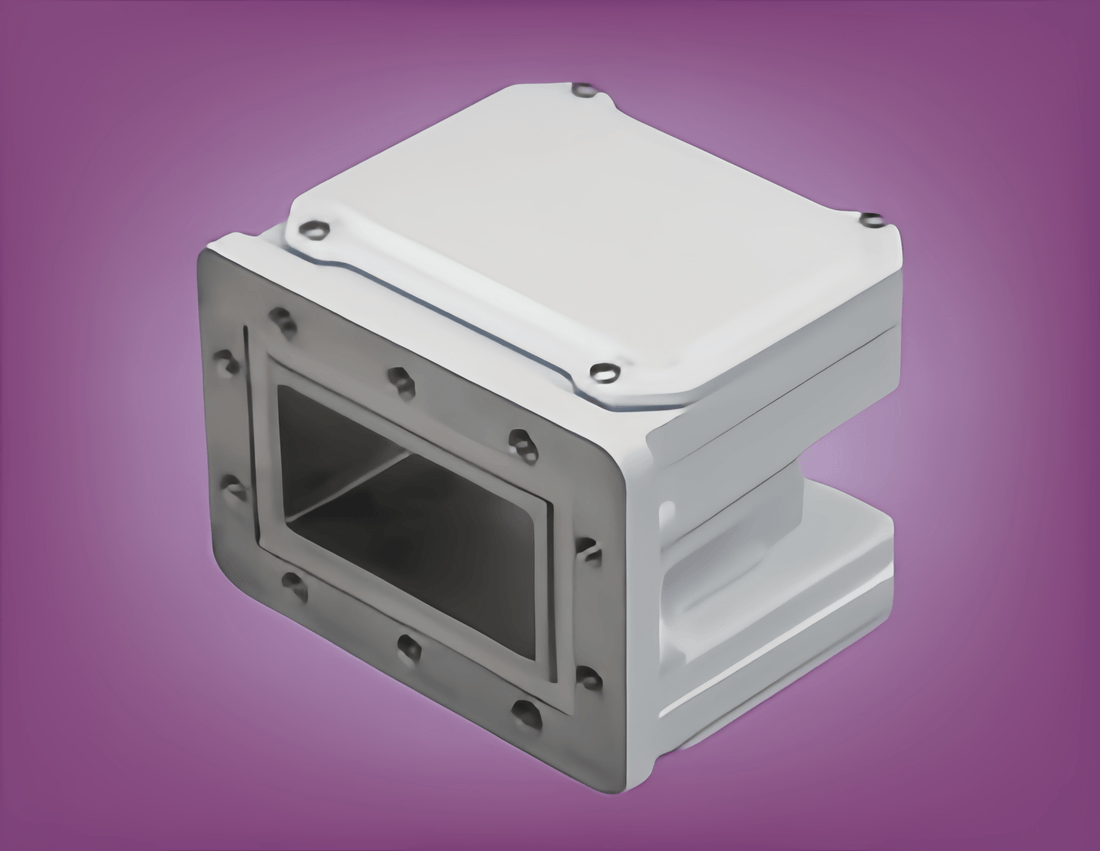
As an industry expert in satellite communications, I’m pleased to share an in-depth overview of the NJRC brand’s C-band LNA and LNB product series. These products have been meticulously engineered to deliver exceptional performance in both signal amplification and reception, making them indispensable components in modern satellite systems.
C-Band LNAs – Amplifying with Precision
The NJRC C-band LNAs, including models NJS8451 and NJS8452, are designed to achieve low noise temperatures and high conversion gain. Operating in the Full C-band (3.400 to 4.200 GHz) for NJS8452 and the Insat C-band (4.500 to 4.800 GHz) for NJS8451, these LNAs provide gains ranging from 55 dB to 62 dB. Their low noise figures—typically around 15 K at +25 °C—ensure that the signal is amplified without adding significant noise, which is critical for maintaining the integrity of weak satellite signals.
Key technical features include:
- High Gain: With a conversion gain up to 67 dB max, these LNAs significantly boost signal strength.
- Low Noise Temperature: Maintaining a low noise figure is vital for signal clarity, particularly in satellite applications.
- Robust Construction: With an IP67 rating, these devices are waterproof and dustproof, ensuring reliable operation in harsh environmental conditions.
- Compact Design: Their dimensions (approximately 80.8 x 99.6 x 76 mm) and weight (around 800 g) make them ideal for integration into space-constrained satellite systems.
C-Band LNBs – Receiving with Accuracy
Complementing the LNAs, NJRC’s C-band LNBs come in both internal and external PLL versions (e.g., the NJS8496, NJS8497, and NJS8498 series). These LNBs are critical for downconverting high-frequency satellite signals to intermediate frequencies (IF) that are easier to process.
Important performance parameters include:
- Precise Frequency Conversion: Operating in various configurations, whether for Full C-band, Insat C-band, or Standard C-band, these LNBs ensure accurate frequency conversion with excellent stability.
- Low Phase Noise: With phase noise figures as low as -135 dBc/Hz at 100 Hz and even lower at higher frequencies, these devices guarantee that signal purity is maintained.
- High Stability: Both the internal and external reference types offer tight frequency stability (with ppm levels as low as 0.3 ppm in some models), ensuring reliable operation over a wide temperature range (typically -40 °C to +60 °C).
- Versatile Interfaces: Featuring waveguide inputs and coaxial outputs, these LNBs are designed for seamless integration into a variety of satellite communication systems.
Usage Tips & Application Scenarios
-
System Integration and Matching:
For optimal performance, ensure proper impedance matching between the LNAs, LNBs, and the rest of your RF chain. Use high-quality cable assemblies and connectors to maintain signal integrity. -
Environment Considerations:
Given the robust construction (IP67 rated) and wide operating temperature ranges, these products are well-suited for outdoor and harsh environments. However, periodic inspections and maintenance are recommended to ensure long-term reliability, especially in extreme conditions. -
Remote Monitoring and Control:
Many NJRC LNB models support remote monitoring through integrated RS-232C interfaces. This feature allows for real-time status checks, including temperature, output power, and PLL lock status, enabling proactive system management and quick troubleshooting. -
Optimized Installation:
When installing these components, ensure that the waveguide and coaxial connectors are securely fastened with the correct torque to prevent moisture ingress or mechanical damage. Additionally, proper ventilation or cooling should be provided to avoid thermal overload in high-power systems. -
Application Scenarios:
- VSAT Systems: These LNAs and LNBs are ideal for both small-scale VSAT installations and large-scale teleports, ensuring high signal quality and low noise in both uplink and downlink paths.
- Broadcast and Data Communications: Their high gain and low noise performance make them suitable for applications that require precise signal amplification and conversion, such as satellite television and broadband data services.
- Remote and Harsh Environments: With their rugged design, NJRC C-band LNAs and LNBs are also excellent choices for systems deployed in remote, outdoor, or industrial settings.
Conclusion
The NJRC C-band LNA and LNB product series represent a significant advancement in satellite communications technology. With their high gain, low noise, and robust construction, these devices are designed to meet the stringent demands of modern satellite systems. Whether you’re upgrading an existing system or designing a new one, the NJRC products offer the reliability and performance needed to ensure clear, stable satellite communication.
